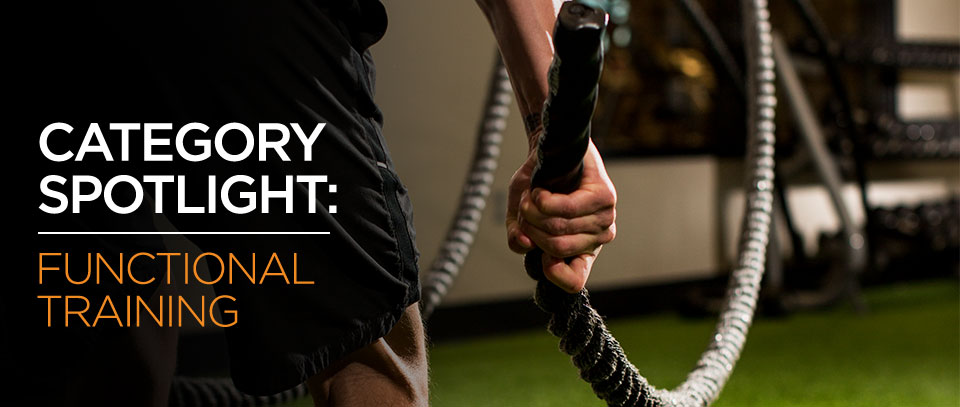If you have been to a gym or met with a trainer in the past 5 years, you have heard of it. There is even a new section in our catalog devoted to it. You’ve probably even done it yourself without realizing it. What is IT that I am I talking about? I’m talking about that buzzword that has taken the fitness industry by storm, Functional Training.
But what exactly is “Functional Training”?
Using context clues alone, you might say functional training involves exercises that would improve the ability to achieve practical daily tasks (i.e. lifting children, carrying groceries into the house, climbing the stairs with a load of laundry, etc.) Essentially, exercises that can help you “function” better, right? Pretty close.
According to the National Academy of Sports Medicine (NASM),
Traditionally, functional training is considered integrated (total body), multi-planar movement that requires efficient acceleration, deceleration, and stabilization capabilities. It also involves training in a proprioceptively enriched (unstable, yet controllable) environment. The idea is to train ‘movements’ instead of ‘individual muscle groups’.
So, how do you train “movements”?
Movement training involves activating and strengthening muscle groups that work together to produce certain actions. Think about it. Your glutes, quads, hamstrings, hips, and calves all work together to allow you to not only walk and run, but also to squat and lunge; all exercises that you have been doing for years. While traditional exercises such as a seated knee extension or lying hamstring curl might strengthen the muscles of the lower body, these aren’t considered “functional training exercises” for two main reasons 1) these exercises tend to isolate one muscle group and 2) these exercises are primarily executed in a single plane of motion.
Traditional exercises such as lunges, squats, machine curls, and bench presses all have great applications and should be cycled throughout your training program. However, inside and outside of the gym we all move in three dimensions, so why not train that way? There are small adjustments that can be made to traditional exercises that can make them more functional or integrated.
Let’s take the lunge for example. Traditionally, you perform stationary or walking lunges in which the movement is primarily forward and backwards, or in the sagittal plane. However, you can make a lunge more “functional” by performing it to the side (frontal plane) or adding some rotation (transverse plane). All three lunges not only increase leg strength, but also improve hip mobility.
You can also make a traditional exercise more functional by activating multiple muscle groups as in a multi-joint exercise. For example, consider the Walking Lunge, Curl, to Press:
- Grab a pair of dumbbells and perform traditional walking lunges.
- Between each step, pause, and perform a bicep curl to a shoulder press before continuing.
- Extra Challenge: As you transition from one lunge to the next, balance on one foot while you execute the curl and press.
Since functional exercises are designed to improve movement execution, training in this way can lead to other benefits such as improvements in range of motion, balance, coordination, and core strength. Over time, overall movement strength and efficiency will also improve.
Functional training has inspired a new and dynamic generation of fitness equipment and accessories. These tools such as the ViPR, sandbags, and battling ropes have multiple uses both indoors and outdoors and are becoming some of the most sought after for workouts with individuals and groups. Check out our Functional Training page or the new section in the 2016 catalog for the latest.
*Disclaimer: It is always recommended to check with your physician before beginning any new exercise program.
